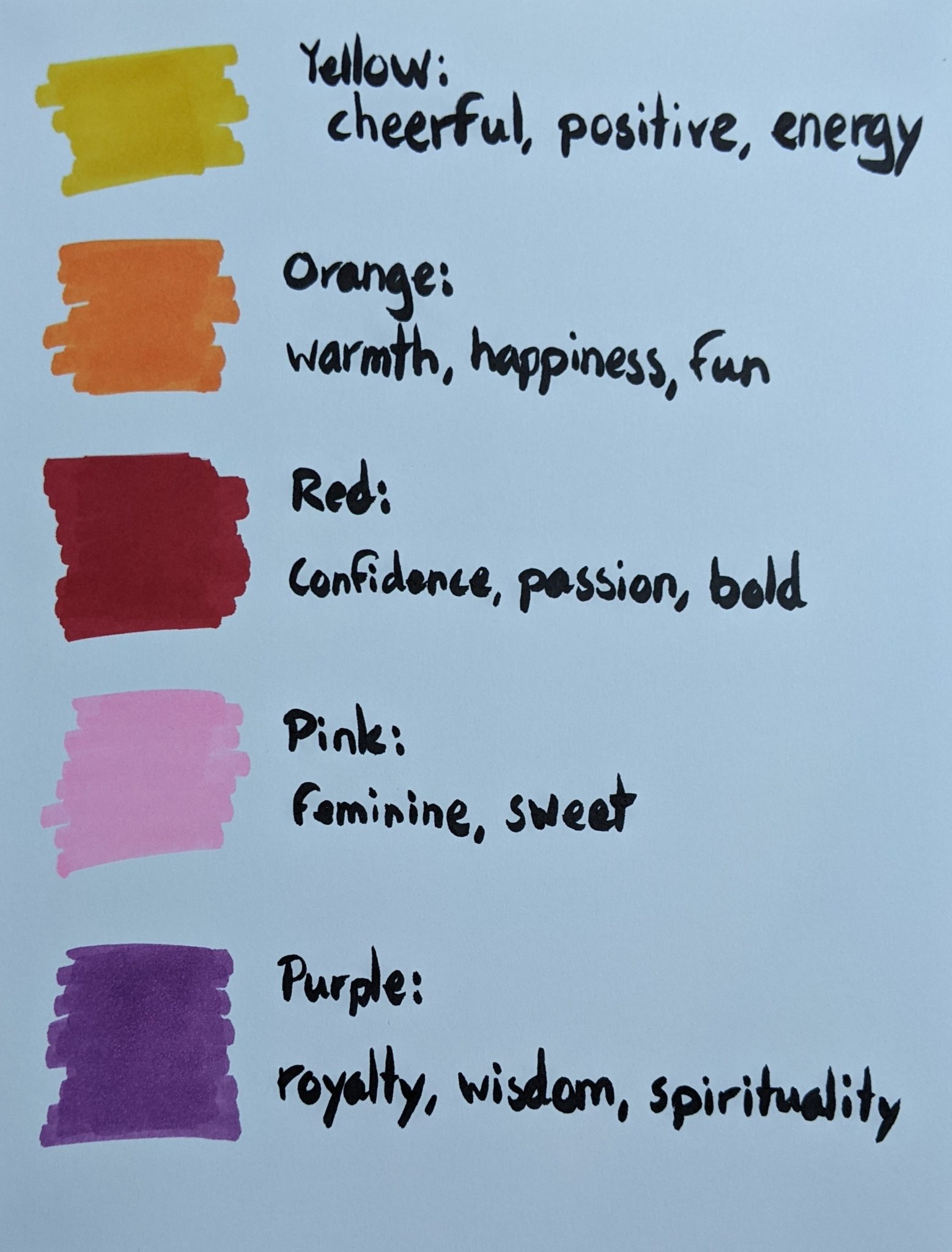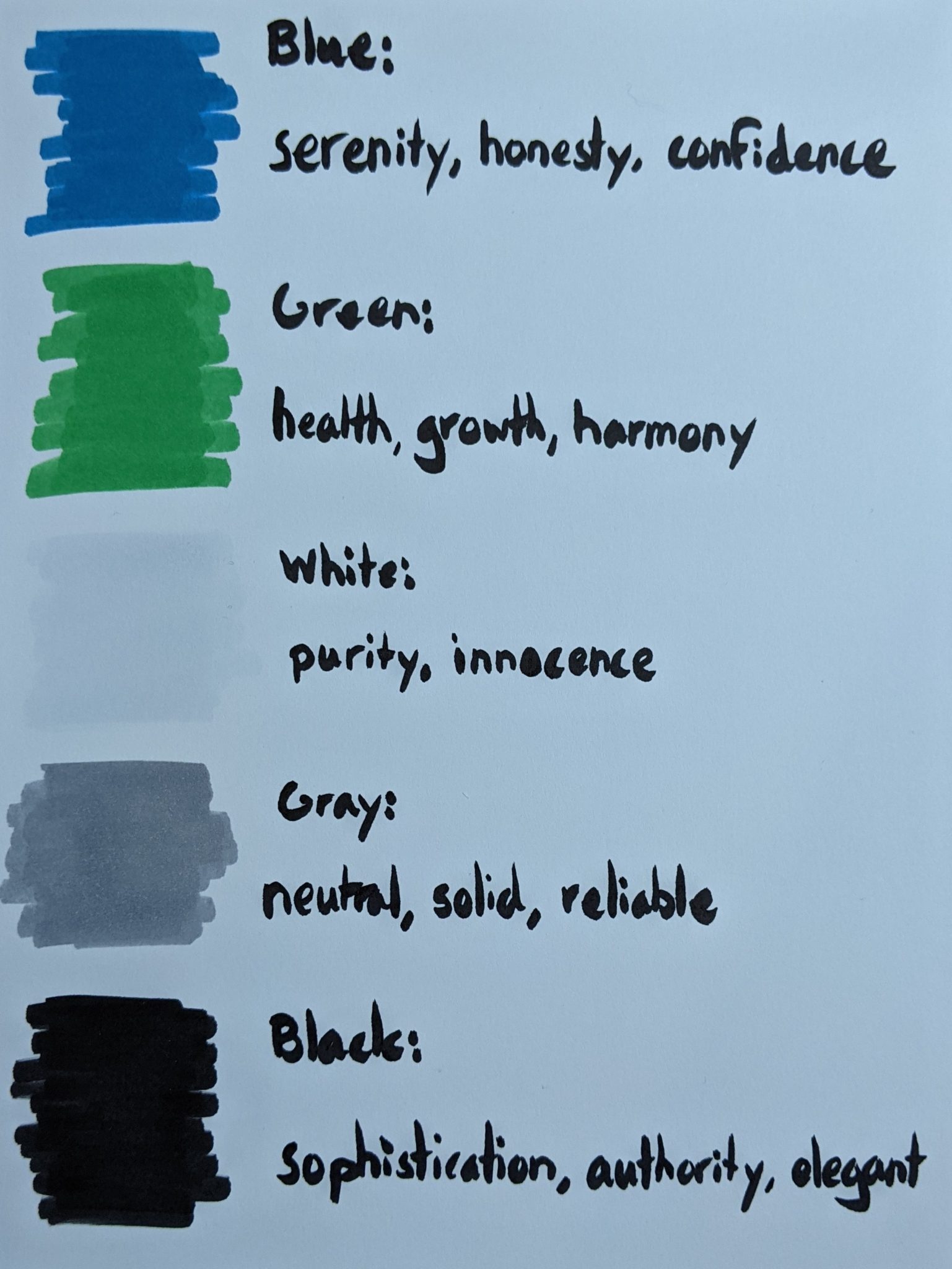By Allison Grace
All the words in your brain, the feelings in your gut, just won’t come out on paper. When you try to describe your character’s heart-rending grief after losing his wife, you wind up with a messy puddle of words.
It’s nothing like what was in your head. It looks like a three-year old wrote it.
You crumple the paper into a ball and chuck it into the growing pile beside the recycling bin.
Gif credit: Tenor
How on earth do we get the emotions in our mind onto paper?
Before we dive into my bullet points, let’s take a minute to think about movies.
How does a director portray emotion through a scene? How does he get the story from script to screen?
Part of the duty falls on the actor--the characters. They demonstrate how they are feeling through their body language and dialogue. A good actor can portray an emotion we have never felt in a way that we feel as if we have experienced the emotion first-hand.
Another way movies show emotion is through lighting, setting, and soundtrack. Have you ever noticed how intense scenes are often dark and accompanied by an eerie score?
I love soundtracks (in fact I’m listening to some as I’m writing this article). The music alone makes you feel joyful or sorrowful, even if you have never seen the scene it goes with.
But how do actors and soundtracks apply to us? We are writing a book, not directing a movie. Our characters are alive only in our minds and on the page. And unless you are from the future, our stories aren’t accompanied by a soundtrack.
Well, let’s take a look!
Trick #1: Use Body Language to Show Emotion
Everyone expresses emotion differently. When some people get mad, they might yell and slam doors. Other people get really quiet and do everything forcefully and deliberately. When some people are upset, they might go somewhere by themselves and cry. Others will try to pretend everything is fine and cover up their sadness with jokes.
This is super important. Each of your characters will experience the same emotion in a different way and they will demonstrate it differently as well.
Think about your friends and family for a minute. None of you express emotions in the same way.
When I get excited, I’m very bouncy. I’ll talk really loud and fairly skip everywhere I go. The rest of my family finds it annoying.
Let me go off on a bit of a tangent here: Because everyone expresses how they are feeling in different ways, it’s very easy to misinterpret others. One character might be quiet while listening to someone talking about their upcoming birthday party. They aren’t being quiet because they don’t care, they are just trying to listen. But the other character might take the silence as disinterest or boredom. And since stories are built on conflict, misinterpretation of emotions is another tool to add to your arsenal.
Okay, tangent over.
While we’re still on the topic of body language, I want to take a moment and consider its two types: external and internal.
External body language is what we see. It’s the clenched fist, glistening eyes, and shaking shoulders.
Internal body language is what we feel. It’s the knotted stomach, tight chest, and pounding headache.
As writers, we get the privilege of getting inside our characters’ heads. Unlike a movie camera, we can show how a character feels on the inside and not just on the outside.
On the screen, we can only see the devastation etched on our favorite character’s face as his best friend dies. On paper, we can feel his lungs constricting and his pulse racing.
It’s tempting to dump every description possible into your tragic scene. The more the better, right?
Actually, no.
Moderation is key when you are writing about strong emotions. Too many descriptions of your character’s anguish only makes the scene melodramatic. (Speaking from experience here!)
Take a look at these examples:
Exhibit A:
Tears streamed down his face and his heart pounded wildly. His chest was tight and his hands shook. He screamed at the sky, clutching the body of his fallen teammate. He should have been the one to die. He broke down into uncontrollable sobs.
Exhibit B:
His fingers shook as he closed his teammate’s eyes. Too soon. He should have been the one to die, not him.
A well-placed description is all you need.
Trick #2: Use Dialogue to Show Emotion
Have you ever sent a text to a friend about something exciting and all you get is a “good job” or “yay” that leaves you wondering if they even care? Or one of those text messages with no punctuation so you don’t know if “yay” is meant happily or sarcastically?
The tone of your dialogue is very important.
Usually, you can tell by the way someone says something what they really mean. If my mom yells my name, I know by her tone if the dog is throwing up, I forgot to make dinner, or if my long-awaited package has arrived.
Once again, we don’t have the luxury of actually being able to hear how our characters say things. But we can show our readers how they sound.
Usually, you should avoid adverbs like “quietly,” “softly,” and “angrily.” Instead, go for stronger verbs like, “whispered,” “breathed,” and “ground out.”
That being said, be careful how many times your characters whisper and hiss their words. It quickly becomes annoying, particularly if it’s an unusual word, like “pontificate.”
I’m also a big proponent of using action tags instead of dialogue tags.
Action tag: “I’m not hungry.” Jason shoved his plate across the table.
Dialogue tag: “I’m not hungry,” Jason said.
It’s all about that moderation! Too many dialogue tags and your reader will get annoyed. Too many action tags will bury the dialogue and be a bit overwhelming.
What we say and how we say it is indicative of our emotions. But perhaps more than that, what is not said can be very revealing.
For example, your main character comes back from a mission with a black eye. Their partner raises an eyebrow, but makes no comments, asking about everything but the obvious.
Or maybe one character is really upset about something and whenever others need to discuss that something in front of said character, they talk in code.
A good way to see if your dialogue makes sense is to say it aloud. Pretend you are your character.
It’s a great exercise, but best done away from other people, unless you want them to think you are crazy.
Gif credit: Tenor
Trick #3: Use a “Soundtrack” to Set the Tone and Show Emotion
Yeah, yeah, I know we don’t have book soundtracks. But think about what a movie score does. It sets the tone of the scene. It tells you what to expect.
You know the creepy music means something bad is about to happen, the swelling score means the hero is about to triumph, and the barely perceptible notes probably mean someone is dying.
And though we writers can’t use soundtracks in our books, there are a few things we can do to set the tone and show our readers what emotions the characters are feeling.
First, the weather. This is pretty straight-forward.
Storms = a bad day
Sunshine = happy
Easy, right? And a little bit cliche.
Well, I’d like to challenge that. What if your character receives terrible news on the beach, under the warm sun? What if the best thing ever happens to your character during a thunderstorm?
There’s also more to the weather than just cloud cover and precipitation. What about the temperature? What about wind?
Keep in mind where your character came from. Someone from the desert might see a thunderstorm as a blessing. Someone from a place that floods frequently will see the same weather as a curse.
In Lindsay Franklin’s The Story Hunter, one of her characters came from a tropical island. When said character goes to a mountaintop covered in snow, they have a much different reaction than the others who are used to cold temperatures. (I’m being intentionally vague to prevent spoilers. :P)
The second way to set your tone is the location.
Gramma’s living room is probably comfortable. Unless your main character does not like their grandmother, in which case they won’t enjoy hanging out on her couch.
The beach is a wonderful place to be and a rundown house is creepy.
Like I mentioned with the weather, think about how your character feels about this place. A cave would be a terrible place for someone with claustrophobia and a campfire would be frightening for someone who lost everything to a fire.
In one of my works-in-progress, my main character is watching the sunset in Africa. Peaceful, right?
Actually, he’s thinking about how much his wife wanted to visit Africa and how much he misses her.
The next way you can set the tone of your scene is through color.
Colors have certain emotions and feelings associated with them.
As I’ve mentioned with the other points in this section, different colors will mean different things to each character. For example, red and black often symbolize blood and darkness for rather obvious reasons. But perhaps your character hates yellow because your villain and his henchmen wear lemon-colored raincoats everywhere.
And don’t be afraid to turn a color on it’s head. Why shouldn’t your assassin wear white instead of black? Maybe instead of your villain always dressing in black pencil skirts, she wears poofy pink dresses.
Finally, set the tone of your scene through how the characters interact with one another.
An interaction between your hero and his betrayer will have a different feel than a dad playing tea party with his daughter.
Also keep the physical space between your characters in mind. Are your characters on opposite sides of the gym? Are they sitting on a couch? How does the proximity of each other affect their feelings? Does it make them tense to be this close? Anxious to be this far away?
So next time you sit down to try and describe emotions, keep these three tricks in mind:
The key to writing great emotion descriptions is to show how your characters feel. But be careful to avoid melodrama or you’ll have your readers rolling their eyes instead of rejoicing with your characters.
It will take some practice (and potentially several drafts), but describing emotions can be done!
As you apply these tips to your writing, your stories will no longer be mere words on a page, but movies in your readers’ minds.
How do each of your characters express sadness? Joy? Anger? Disappointment?
Allison Grace
Allison Grace used to hate writing.
Now she can’t imagine a world without telling stories.
She has written several short stories and completed a novel. Her favorite themes to write about (fiction and nonfiction) are identity, faith, and redemption. She also has a whole stash of unfinished fan fiction no one is allowed to read.
Besides writing, Allison loves to crochet stuffed animals and dolls to give to charities. She is a shameless Star Wars and Marvel nerd and can carry on an entire conversation solely in movie quotes.
She blogs at allisongracewrites.com







“An interaction between your hero and his betrayer will have a different feel than a dad playing tea party with his daughter.”
… Unless the hero and his betrayer ARE a father and daughter and she betrays him at a TEA PARTY!
In all seriousness, though, this article has been extremely helpful and I love when action tags are given the love they deserve. Yayyy for action tags! 🙂
Ahhhh emotions are so hard to express sometimes! This article is so helpful! Thank you!!
And yay! Someone else who listens to music while writing! 😀
Ooh! This is great. One of my w-i-p’s involves several emotional scenes–after all, it’s a story of a family that has been separated for fourteen years coming back together–so this will help!
Allison! This is such a great article and I love the color chart you made. Using the psychology of color is such an interesting way to make descriptions of emotions really stand out.
The beach is a wonderful place to be… unless you’re Anakin and you hate sand. 😉
Great article!
Ha! Yeah, my mistake for making him into a Sand Dragon in my fanfictions. But he did grow up on a sand planet, so….
Oh, I love it when books use body language to convey emotions! Without it, I have trouble feeling something, but with it, it can be so powerful. Also, I love your tip on balancing dialogue and action tags, without realizing it I can get carried away with one or the other. XD
Awesome article, Allison! This will be super helpful in the future. 😀
“But perhaps your character hates yellow because your villain and his henchmen wear lemon-colored raincoats everywhere.” Haha XD
Thanks for this article.
Yeah, I struggle a lot with making my writing melodramatic…It’s hard to find a happy medium! Great article!